|
Coming up at auction at South Dorset Auctions is a fabulous group of medals and ephemera belonging to Dr Horatio Sparling MBE. Dr Horatio Sparling was the local Divisional Surgeon for the St. John Ambulance before volunteering as a Medical Officer (MO) with the Civil Defence organisation at the beginning of the second world war. Based in East Croydon, the decorated veteran of the first world war received an MBE for his work saving casualties following a V1 rocket attack. His MBE was gazetted in December 1944. Amongst the lots are several photos showing Sparling in his CD uniform. His two-diamond, white helmet with M.O. and A.R.P. is most unusual. Also present is a photo of him wearing a peaked cap, but the cap badge is hard to discern.
Dr Sparling died in 1965 at the age of 77.
0 Comments
80 years ago, in 1941, Scouts from Bermondsey and Rotherhithe in South East London gathered at Manor Church for the presentation of Scout gallantry medals by the London Regional Commissioner, General Sir John Shea. Sadly, one Scout’s medal was to be awarded posthumously, received by his parents with their grief plain to see in the newsreel footage on YouTube.
But why were so many Scouts receiving awards in the midst of the World War Two London Blitz when children had either been evacuated to the countryside or took nightly cover in air raid shelters? Today, it is not so well known that Scouts and Guides played a highly-active role in Civil Defence. The most dangerous work took them out into the open as the bombs fell around them putting out incendiary bomb fires, acting as stretcher bearers and riding through the destruction carrying emergency services' messages. One Boy Scout who did this was 17-year-old Frank Davis. He lived close to the river, was part of the 11th Bermondsey and Rotherhithe Scout Group and worked for the Southern Railway at Bricklayers Arms Goods Station. At night Frank was an ARP messenger carrying messages between air raid posts and was based at Dockhead, close to Tower Bridge, where his father was the Warden in charge. On the night of 8th December, 1940 there was yet another air raid. Frank and a fellow Scout were out when they came across an incendiary bomb. It was dangerous yet essential work to put smother the bomb with sand before the building caught fire. That meant getting up close and personal with a flame spewing monster. That night Frank’s fellow Scout’s luck ran out and he was injured by the sparks. Frank carried his friend back to the Dockhead Warden’s post for treatment before returning to put out the incendiary bomb on his own. At some point, whilst doing this, explosive bombs fell close by killing Frank. Having realised he was missing, the Wardens at the post set out to search for him. His lifeless body was possibly discovered by his father. Five days later, on 13th December, Frank was buried at Nunhead Cemetery in a grave that is today lost in undergrowth. Frank was nominated for a Scout gallantry award; his Bronze Cross, nicknamed "The Scout’s VC", was announced on 5th February, 1941 with the medal being presented to his parents on 15th March, 1941. Today, under non-pandemic circumstances, 16th Bermondsey Scout Group would still be meeting at Manor Church where the medal presentation was held. The church seen in the newsreel was lost to the bombing of London. Read more about Frank Davis and the Scouts in World War Two All images courtesy and copyright of the Scout Association Heritage Collection. Albert Dore's Defence Medal, King’s Commendation for Brave Conduct badges and laurels and ARP badge3/12/2021 A fantastic collection of medals and commendations to ARP Rescue Squad member Mr. Albert Dore. The collection for sale at Dix Noonan Webb on 11 March 2021 (est. £200-£240). Dore was in a group that rescued the inhabitants of a bombed house in Streatham, south London, on 11 January 1941.
Included are a Defence Medal, in original box of issue, two King’s Commendation for Brave Conduct plastic pin-backed badges in box of issue, two King’s Commendation for Brave Conduct silver laurel leaves in box of issue and the Albert Dore's ARP silver lapel badge. Initially titled as a single page wall sheet and later a double-sided broadsheet, The Midnight Watch included news relating to the Fire Guard and was "To be displayed in Fire Guard posts and wherever Fire Guards gather". Although there is a date of 1940 on the footer of this sheet, I believe it was issued after the formation of the Fire Guard in August 1941. It would appear it was initially published bi-monthly and later quarterly; issue No. 18 is dated October 1943 and issue No.19 is dated February 1944 for example.
Of note on this sheet is the Battle Honours section relating to Holborn ARP Warden Maurice Cohen Starr (George Medal recipient) and Warden Clifford Arthur Thomas Stratton and Fire Guard Walter Alfred Ricketts (both British Empire Medal recipients). The London Gazette snippet details their award. Ricketts was the first Fir Guard to be awarded a bravery medal. Kilburn Heroes in the Blitz details the events behind the awards but sadly it omits Ricketts name: "Clifford Stratton Seventeen-year-old Clifford Stratton was an electrical engineer’s assistant who lived at 42 Buckley Road in Kilburn (later in the 1950s and 60s he is shown at No. 48). He had been a volunteer warden for six months. On the night of Wednesday 16/17 April 1941, 685 German bombers attacked London. This was the largest attack since the Blitz began and some planes made two or even three sorties that night. A huge number of buildings were destroyed, and 1,720 Londoners were killed in what became known as 'The Wednesday'. Clifford was part of a team of stretcher bearers who rescued a man and two girls trapped on the fourth floor in flats in Portpool Lane, off the Grays Inn Road Holborn. The building was on fire and more bombs were falling. Climbing to the top of their ladder they found it was too short, so they jumped onto a windowsill, and after tying the girls and the man to their backs, they were lowered to other wardens on the ladder. They were incredibly lucky, a few minutes after the rescue, part of the building collapsed. The team leader, 30-year old Maurice Cohen, was awarded the George Cross, and Stratton was given the British Empire Medal (civilian). Clifford was a scout in the 15th Holborn troop, and he was also given a Silver Cross scout award. He had only recently returned to warden duty after an operation on his foot." Miss Georgina Nelly Adams - King's Commendation for Brave Conduct During Birmingham Blitz11/22/2020 Miss Georgina Nelly Adams was a 28-year-old ARP Warden in Birmingham. During the longest sustained German raid on the city (over 13 hours on 11 December, 1940) she was awarded a Commendation for rescuing injured and trapped wardens in an incident behind Albert Road in Handsworth. Her award appeared in the London Gazette on 14 March, 1941.
Before 1943 recipients only received a certificate and a mention in the London Gazette. From 1943 a plastic badge was instituted (it appears some received two of these in a box and others just a single badge) and the badge was replaced by the silver laurel leaf in 1944. I assume that previous recipients of the certificate were sent the badge and then the laurel leaf. The laurel leaf could be worn on the Defence Medal. The term King's Commendation for Brave Conduct did not start until September of 1945. Thanks to Brian Woodall for the images. |
Please support this website's running costs and keep it advert free
Categories
All
Archives
June 2024
|
|
|
Copyright © 2018–2024
|
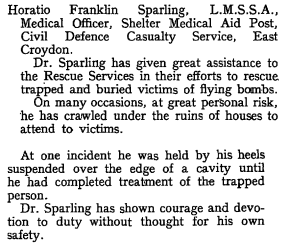
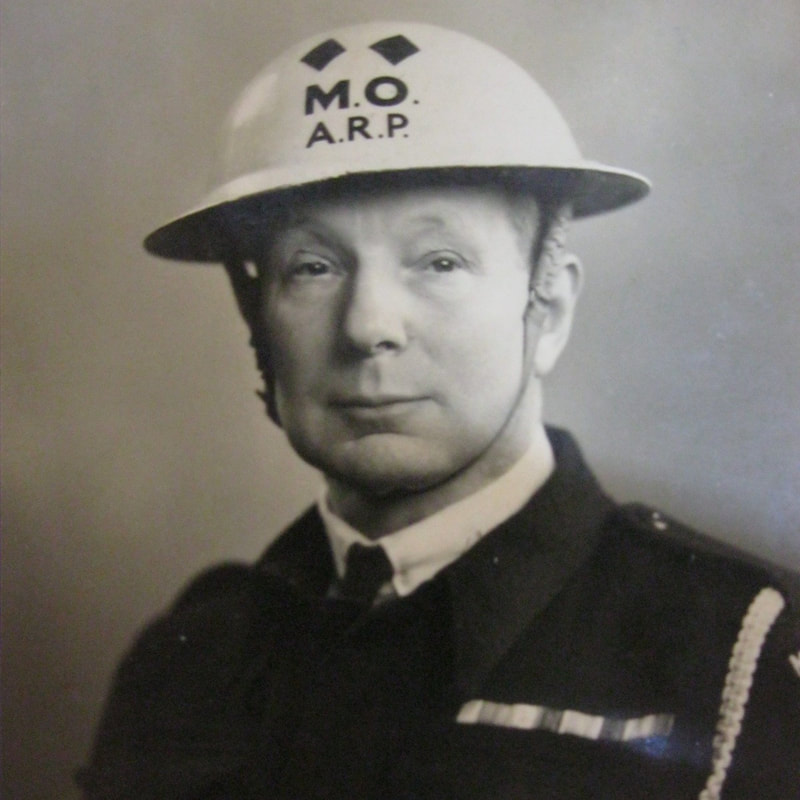
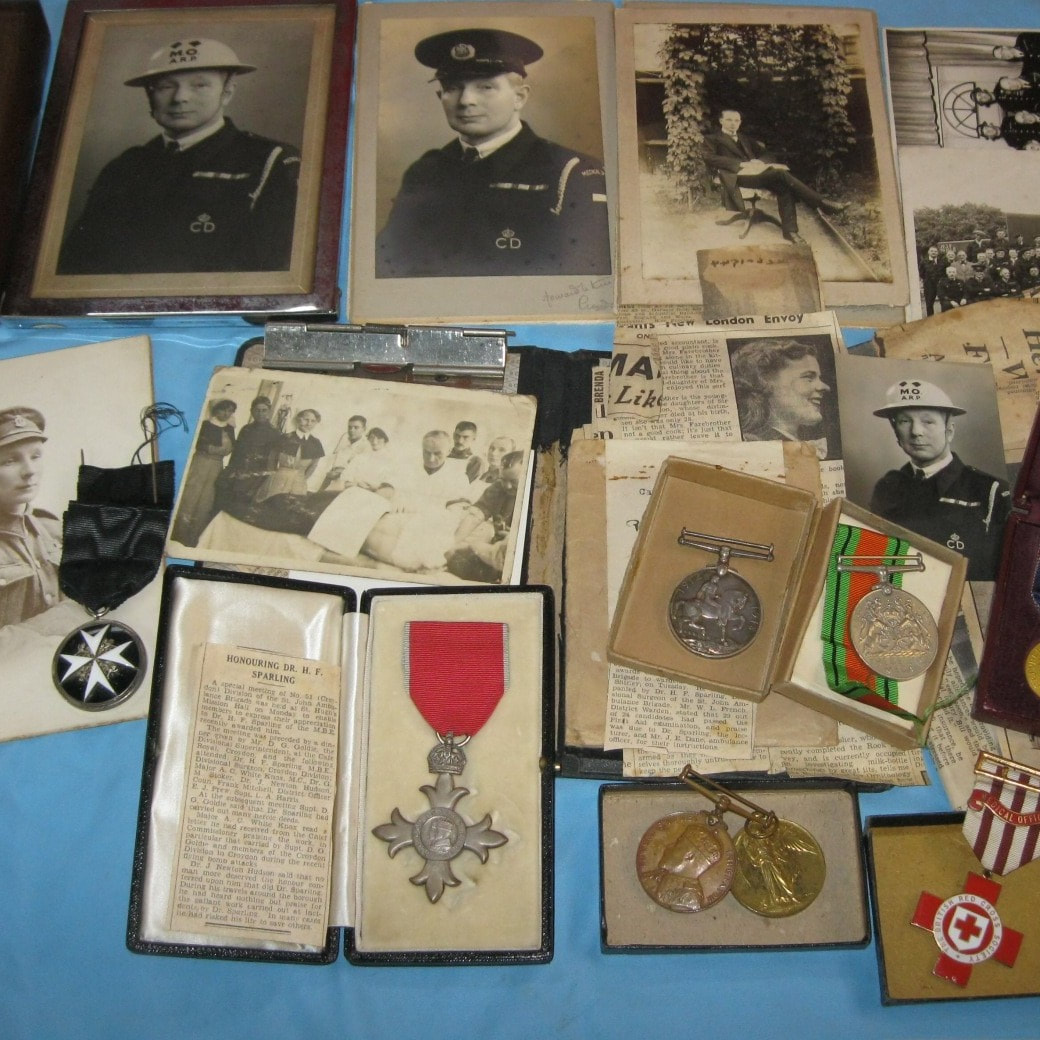
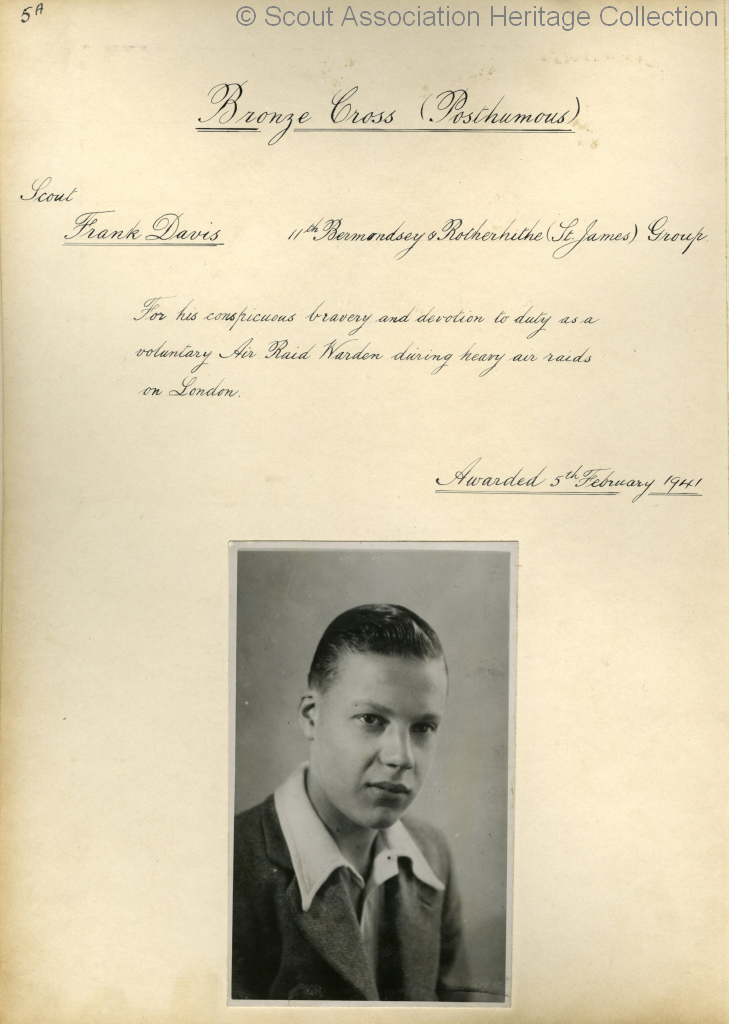
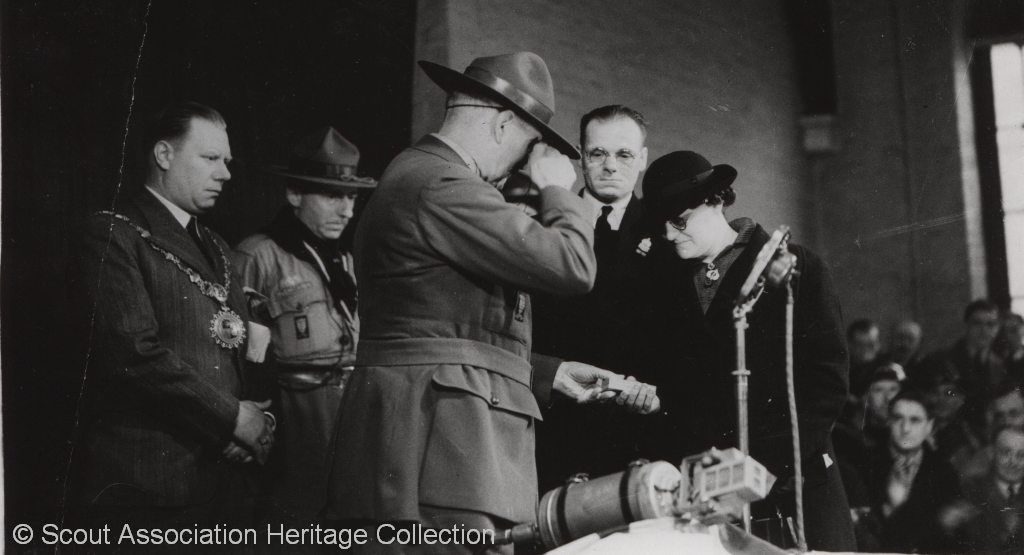
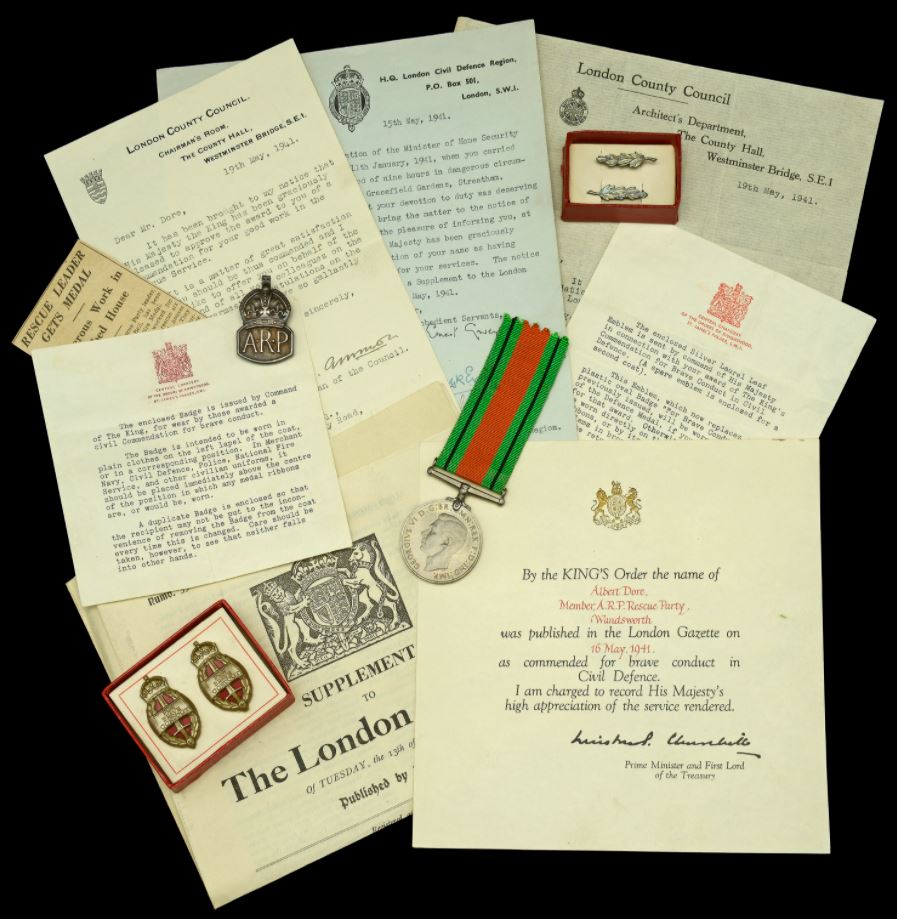
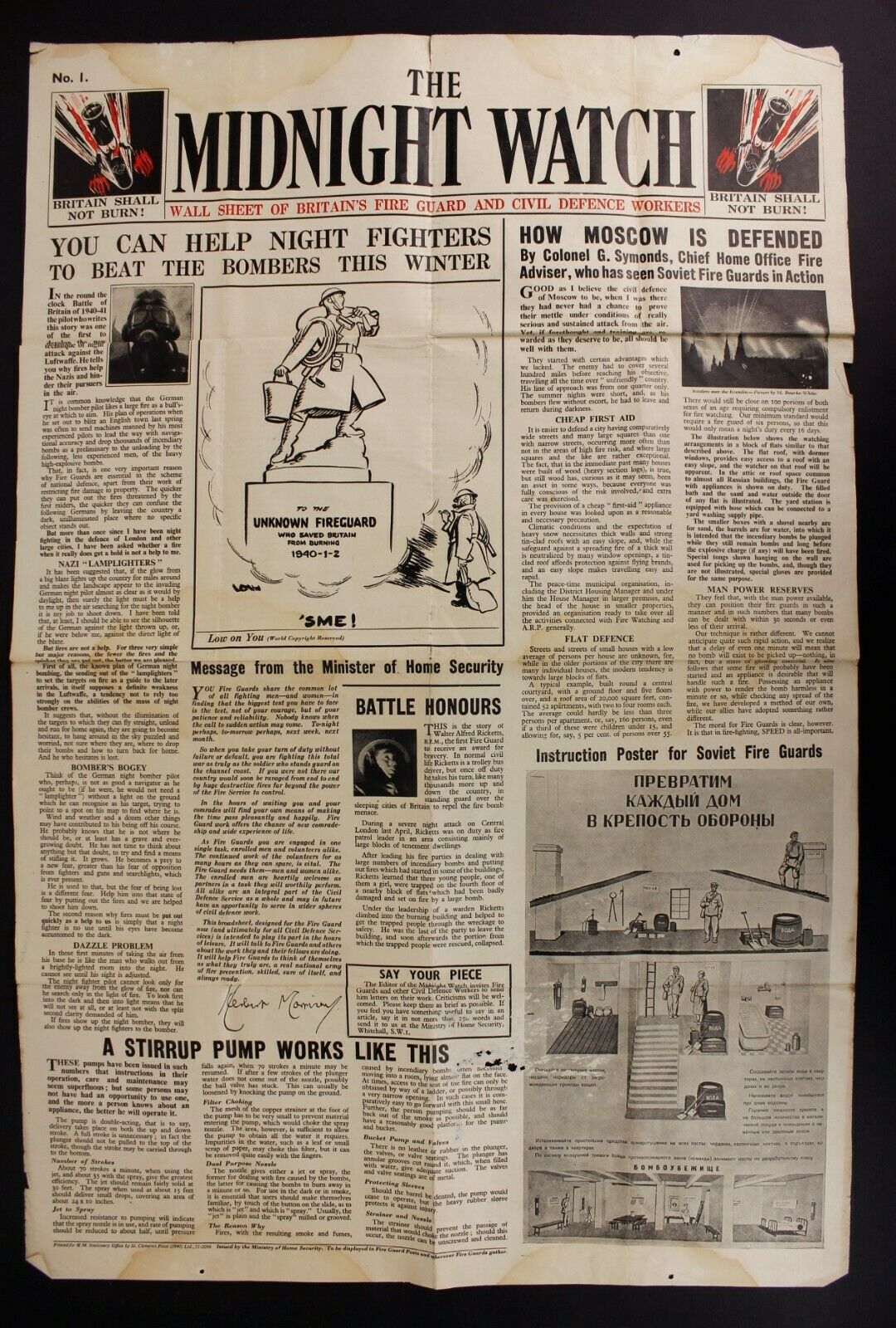
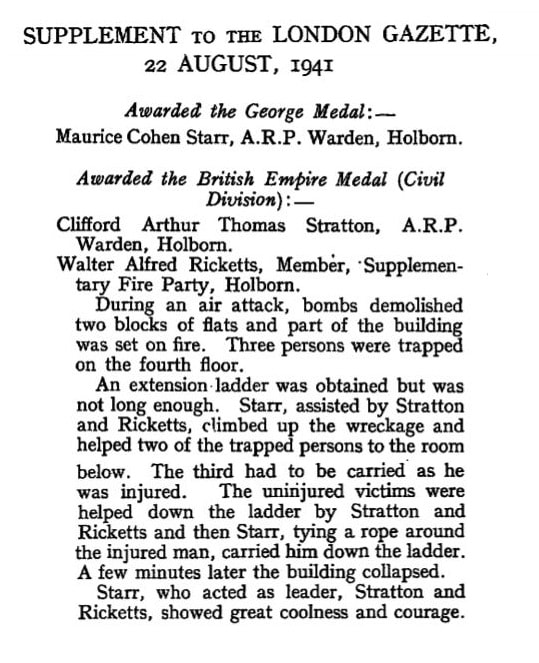

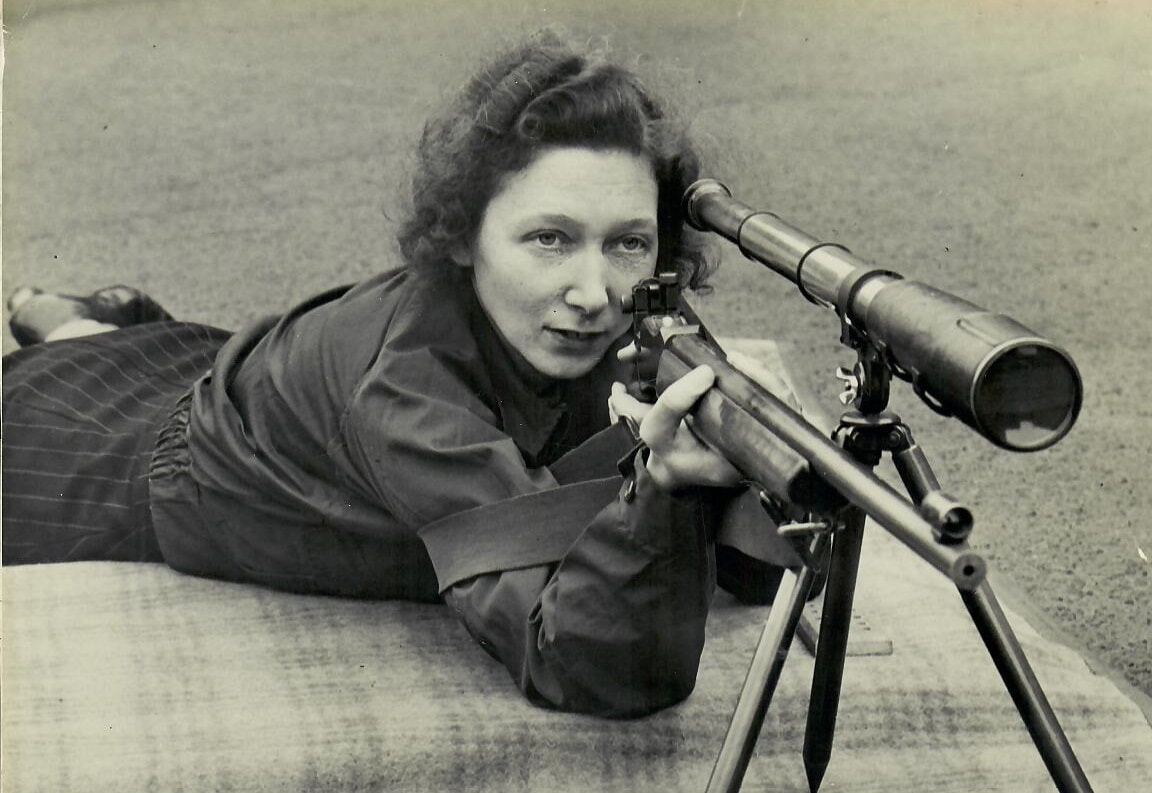
 RSS Feed
RSS Feed